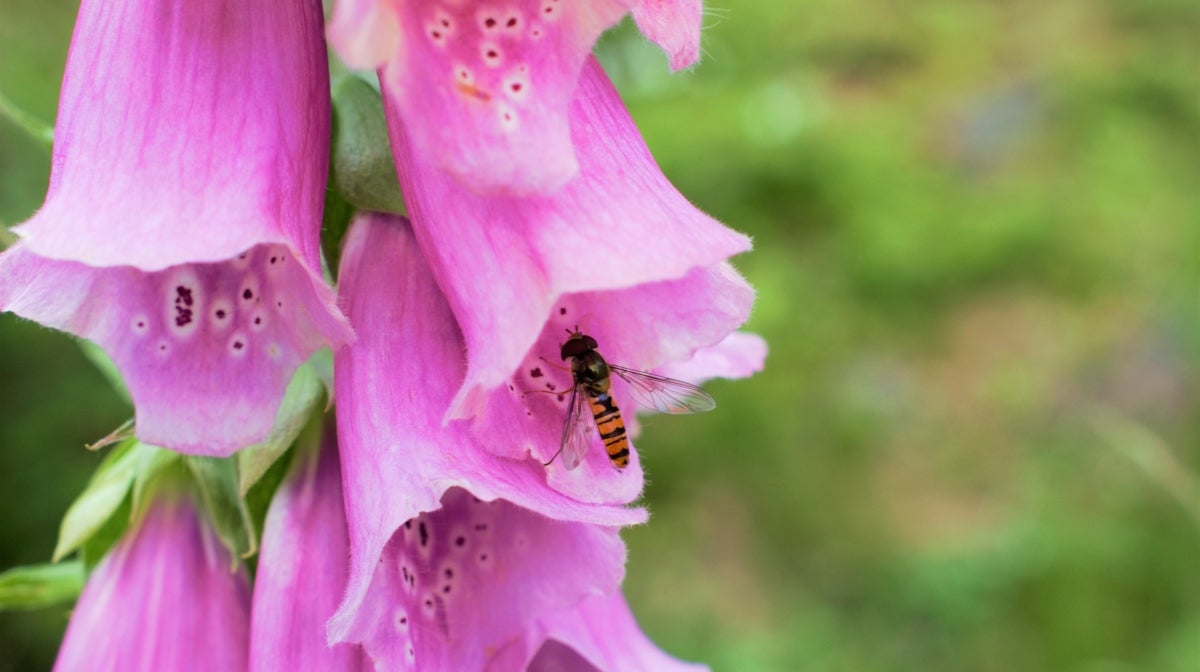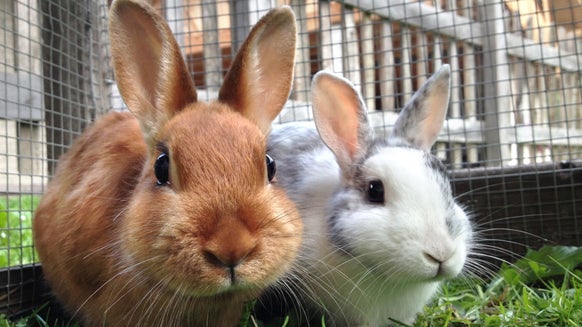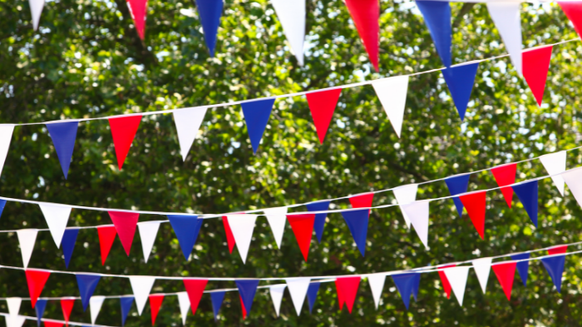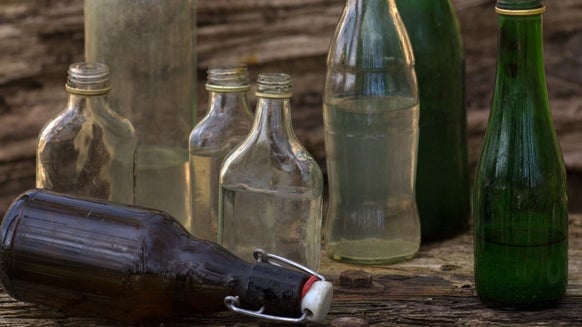What to Do in the Garden in June

We’ve made it to the middle of the year, how did this happen?! May was a busy month for sowing seeds and hardening veg and plants off – the tomato plant dance, anyone? However, June is equally as busy with fending off weeds, watering and pest control. If you have a container garden, be watchful! Keep an eye on your plants in dry, hot weather.
If you have an allotment, it's crucial you keep the weeds at bay. Take seasoned plot holders’ advice and don’t try to utilise the whole area if this is your first year. By all means keep digging, but dry weather will make digging up compacted soil hard, and weeding will be hard. Cover your unused area with black tarpaulin, and make the most of the area you do have. Remember that some crops will be coming out soon, such as the garlic, and that you can pop in another crop in so the soil doesn’t remain empty. This is what you can do in the garden in June:
In the garden
- Lift and divide snowdrops, primulas and bluebells.
- Deadheading can prolong the flowering season of your shrubs and plants - deadhead roses, rhododendrons and camellias.
- Sedums will have started to grow again. Prune or tease out last year’s growth so the new shoots and flowers can come through comfortably. Prune spring-flowering shrubs after they finish blooming.
- Plant up containers and hanging baskets. Remember, don’t fill the pot or basket with compost; allow for water to gather in the top couple of inches.
- Cut back pulmonania and delphiniums.
- Take softwood cuttings such as Pelargoniums or Hydrangea, Fuchsias, Verbena and Osteospermum. Also take cuttings of lavender and rosemary.
- Stake tall or floppy perennials to prevent wind damage, such as Dahlia.
- Tie in and train climbers such as honeysuckle.
- Continue to harden odd half-hardy bedding plants to acclimatise and plant out annual summer bedding after all risk of frost is over.
In the kitchen garden
- Be ready for the June Drop. Fruit trees shed some fruit naturally, so don’t worry if you find a load of fruit on the floor. Your tree hasn’t been attacked by pests or a disease!
- Plant out tender veg such as courgette, tomatoes, squash, sweet corn and cucumbers.
- Pinch out side shoots of your tomato plants; not is also the time to give them a feed.
- Harvest salad crops and re-sow every 2 weeks.
- Consider cabbage collars to avoid cabbage root fly.
- Sow carrots in between onions to avoid carrot fly; or put up horticultural fleece. The flies cannot go higher than about a meter.
- Prune plum and cherry trees. Thinning congested branches will give better and bigger fruit.
- Continue to earth up potato plants if your area can still be affected by frost. You can now harvest your early potatoes!
- It’s time to harvest garlic and onions if their leaves are yellowing.
- Peg down runners on your strawberry plants. If you don’t need more plants simply remove the runners.
Sowing seeds
- Many seeds can now be either sown directly, or in pots outside.
- Runner beans
- Carrots
- Snap peas
- French beans
- Runner beans
- Fennel
- Radish
- Lettuce
- Salad leaves
- Achillea
- Myosotis
- Sweet William
- Primrose
- Pansy
- Plant autumn-flowering bulbs
- Think of sowing biennials for next year; you can keep them in pots until the autumn, then plant into final position!
General
- If you have missed the chance to sow seed for certain plants and veg, order plug plants. Alternatively, you can keep it local by visiting Allotment
- Open Days and your local flower shows or gardens.
- If you have prolonged dry weather, choose the highest blade setting on your lawn mower. Water newly laid turf and feed lawn with special fertiliser.
- Damp down floor of greenhouse to increase humidity. Open vents and doors on warm days.
- Make sure bird baths have water.
- Look out for aphids. If you don’t want to use an aggressive pest killer, mix some washing up liquid in a spray bottle. Change to a powerful setting (that will not harm the plant) and spray off the little bugs.
- Turn your compost bin once a month at least – vermin and other pests can make nests in the heap and hate being disturbed.
- Be consistent in removing blanket weed from the pond.
- Apply a slow release feed around the base of your fruit trees.
Don’t forget to check out our collection of all of our garden blogs to be in the know every month and get your planning down to a T this year!








